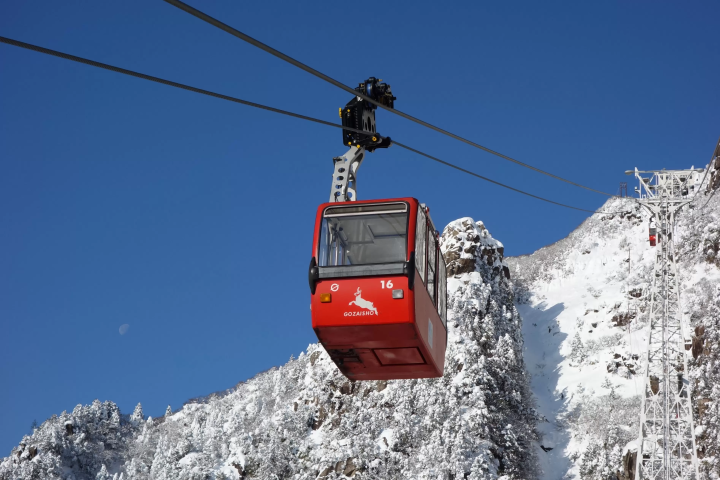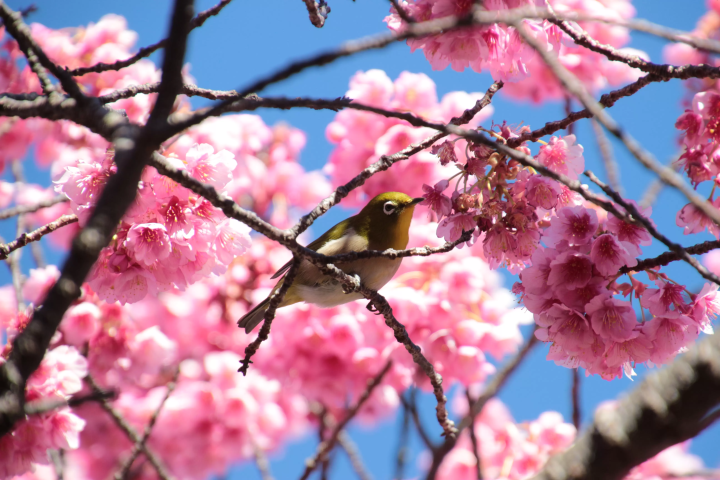The History of Vintage Sake

⚪︎⚪︎ is ⚪︎⚪︎ in ⚪︎⚪︎ prefecture in the ⚪︎⚪︎ region of Japan. ⚪︎⚪︎ is ⚪︎⚪︎ event in ⚪︎⚪︎ city. We will introduce the outline, schedule, and how to enjoy ⚪︎⚪︎.
-
Table of Contents
- What is Vintage Sake?
- What are the changes during aging?
- How has it changed?
- What about history?
- A place to enjoy vintage sake!
What is Vintage Sake?
There is no definition of what constitutes vintage sake. Some breweries say it is more than one year old, while organizations that study vintage sake say it is more than three years old.
What are the changes during aging?
Freshly brewed sake is almost colorless and transparent. As time passes, amino acids and sugars undergo a chemical reaction (the Maillard reaction), causing the color to turn reddish brown or yellow. Depending on the brand, the flavor can vary from being similar to white wine to being similar to Shaoxing wine.
How has it changed?
First of all, sake is made using rice, which is first crushed before it can be used. The quality of the sake changes depending on how much the rice is crushed. This also depends on the composition of the water used by the sake brewery.
However, vintage sake is still in the research stage. Breweries that are passionate about vintage sake are now able to predict what kind of brewing method will result in what kind of vintage sake flavor. (Many breweries are not even able to predict this. There is a certain romance to it.)
What about history?
The oldest document that mentions vintage sake is said to be a letter written by a Buddhist monk in the Kamakura period (around 1200). Later, aged sake also appeared in various documents from the Edo period, showing that it was highly valued as a special type of sake.
However, around 1890, the government revised the Liquor Tax Act on sake breweries in order to stabilize their finances. High taxes were imposed on production volume rather than sales volume. This led to an era in which it became difficult to store aged sake. The liquor tax was revised in 1944, but continued shortages of materials, along with the development of rice polishing techniques for making delicious new sake, meant that the time-consuming process of vintage sake became a thing of the past. After that, the environment finally began to be created in which it was possible to tackle vintage sake brewing, and sake breweries began to produce high-quality vintage sake.
A place to enjoy vintage sake!
・Official website: https://awaji-seikaiha.com/kosyunoya/
Takumi Sosei Co., Ltd. collects sake, shochu, plum wine, and awamori that have been aged for over 10 years from sake breweries across the country, and sells brands that have been carefully selected by wine sommeliers as delicious under the aged sake brand "Inishie no Bishu (Fine Wine of Ancient Times)". Even among Japanese people, few people know about sake that has been aged for over 10 years. Although it is not well known, it is also used in ceremonies of the Japanese Imperial Family. Takumi Sosei has two directly managed stores. ① Seigaiha Koshu no Ya 1st floor: We sell gift sets of aged sake tax-free. 2nd floor: You can enjoy dishes made with ingredients from Awaji and compare the taste of fine wine from ancient times. ② Koshu no Ya Omotesando store Gift set sales Please enjoy the world of aged sake made in Japan.
The contents on this page may partially contain automatic translation.
































![[Yufuin] From breathtaking views to skin-beautifying hot springs. A variety of day trip hot springs to fully enjoy Yufuin](https://resources.matcha-jp.com/resize/720x2000/2026/01/18-255919.webp)

![[2026] The Matsusaka Lantern Festival will be held to light up the winter night sky!](https://resources.matcha-jp.com/resize/720x2000/2026/01/05-254777.webp)
![[List of Traditional Industry Experiences] Factory tours and craftsmanship experiences in southern Osaka and Wakayama](https://resources.matcha-jp.com/resize/720x2000/2025/11/06-249221.webp)
